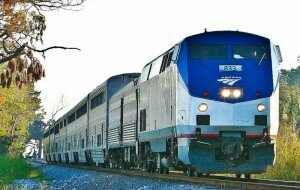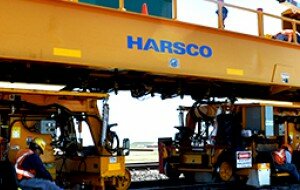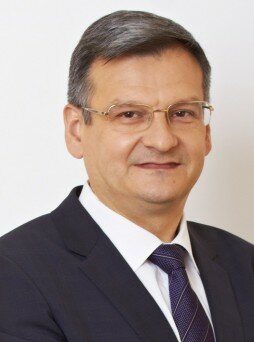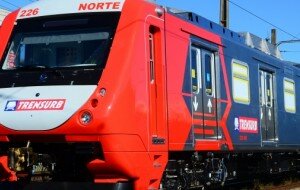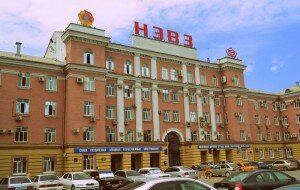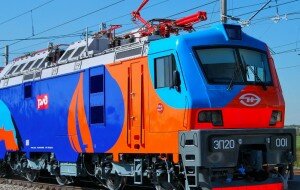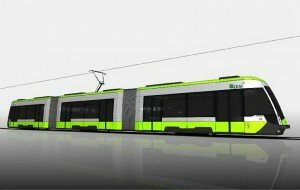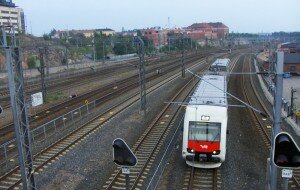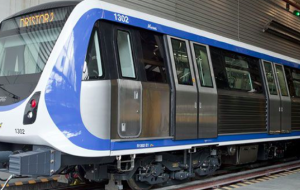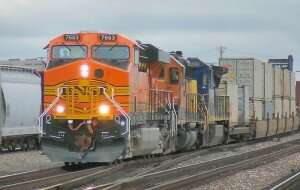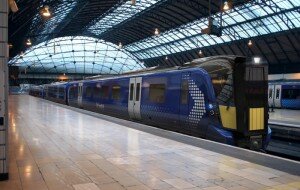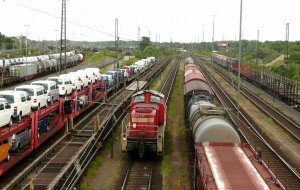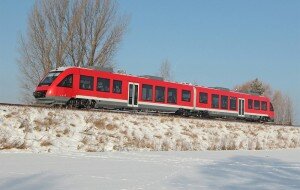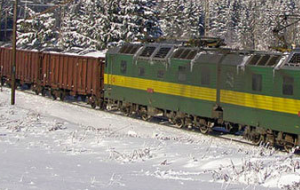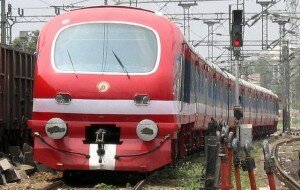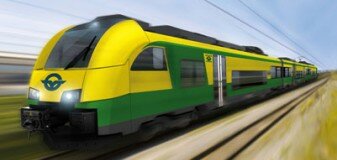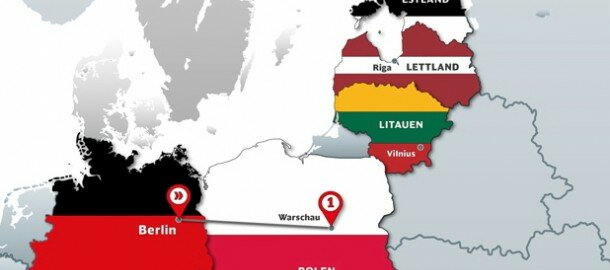 Future Rail Baltica-countries, (from above) Finland, Estonia, Latvia, Poland and Germany. Photo German Railways DB
Future Rail Baltica-countries, (from above) Finland, Estonia, Latvia, Poland and Germany. Photo German Railways DB
Latvia, Lithuania and Estonia agreed on Baltic Rail
Published: Fri, 2014-11-07 15:00- Likes 1
Transport ministers of Latvia, Lithuania and Estonia have signed a document describing the foundation of a joint Rail Baltic II company. The goal of this project is to integrate transport infrastructure of Baltic States with that of the European Union.
The next step is a detailed technical inspection of the complete route. The actual building process is set to begin in 2020 and conclude in 2024.
According to an agreement with shareholders, the main goals of this company include the main design project of the railway line, its construction and marketing. The contract specifically emphasizes two main conditions: ownership over railway infrastructure belongs to the country on the territory of which this infrastructure is located. Each involved side finances only the volume of construction that takes place on its territory.
Heads of customs services of Latvia and Russia have also signed an agreement regarding cooperation in the field of customs control and measures aimed at speeding the process of border crossing, as reported by Latvian State Revenue Service.
The total price of the project is estimated at EUR 3.7 billion. Latvia’s share is EUR 1.27 billion. Actual costs of each participant of the project will depend on assistance from Brussels. It is expected that European support may reach 85%.
The total distance covered by railway project will reach 728 km (235 km for Latvia).
Passenger trains will be able to reach speeds of up to 240 km/h. Average speed will be 170 km/h. It is assumed that a single trip from Tallinn to the Lithuanian-Polish border will take only four hours. Passenger transport will be organized every two hours.
Residents of all three Baltic States will benefit from this project. It will allow them to travel much quicker to any destination in Europe, believes Latvian Transport Minister Anrijs Matiss.
- This transport artery will become a bridge that will connect Baltic States with Europe and will contribute to the development of national economy, said Matiss.
It is supposed that this new railway hub will attract some part of cargo flow that is currently transported by car transport. Europe continues hardening regulations regarding CO2 emissions.
At the moment, Baltic railway systems are integrated with those of CIS countries, but not the EU. Rail Baltica II is expected to fill this infrastructural gap.
Source: BNN & Rail Baltica

Av Markku Björkman
Related News
Relevant Content

